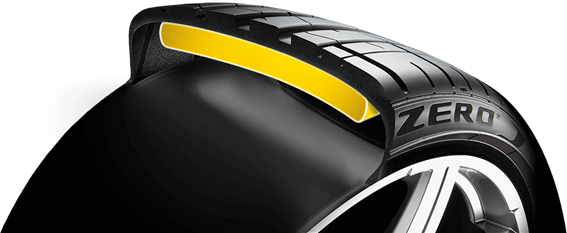Silent Polyurethane Tires for Electric Vehicles

The transition from vehicles powered by internal combustion engines to those propelled by electric machines is a reality, and an increasing number of car manufacturers worldwide are accelerating their transition to meet not only government regulations but also the expectations of their customers.
The Silent Shift of Electric Vehicles
One of the main characteristics of electric propulsion is its silent nature. Consequently, this raises new considerations that were not previously taken into account. For instance, pedestrians are accustomed to hearing a vehicle approaching before seeing it. But, this is not the case with electric vehicles, at least not in a natural way. Another interesting issue that arises is that some sounds that were drowned out by the operation of the combustion engine are now more perceptible from inside the vehicle, such as the sound of tires rolling on the road.
You can read: Kia Using Innovative, Sustainable Materials in its Latest Vehicle Interiors
The noise generated by tires, also known as tire cavity noise, is produced by the vibration of the air volume between the tire and the rim. This may be disturbing for passengers and the driver. Consequently, to reduce the noise level, several tire manufacturers like Pirelli, Continental, and Michelin have implemented the use of polyurethane foams inside the tires, which are called “Silent tires”.
Polyurethane Foams Tackling Tire Noise
Polyurethane foams have good properties for acoustic and thermal absorption. When sound waves resulting from vibrations inside the tire travel through the foam, part of that energy is absorbed, and the wavelength of the sound decreases. The goal is to maximize the surface area of these foams to enhance their absorption capacity. According to some of these manufacturers, the silent tires could reach a noise reduction of up to 9 dB, meaning a 50% reduction for humans.
While it is true that this technology has been developing for years, it is now gaining greater importance for many vehicle manufacturers. In the future, all tires will likely feature noise-cancellation technology, raising new questions about the recycling of these tires that now incorporate polyurethane foams.
